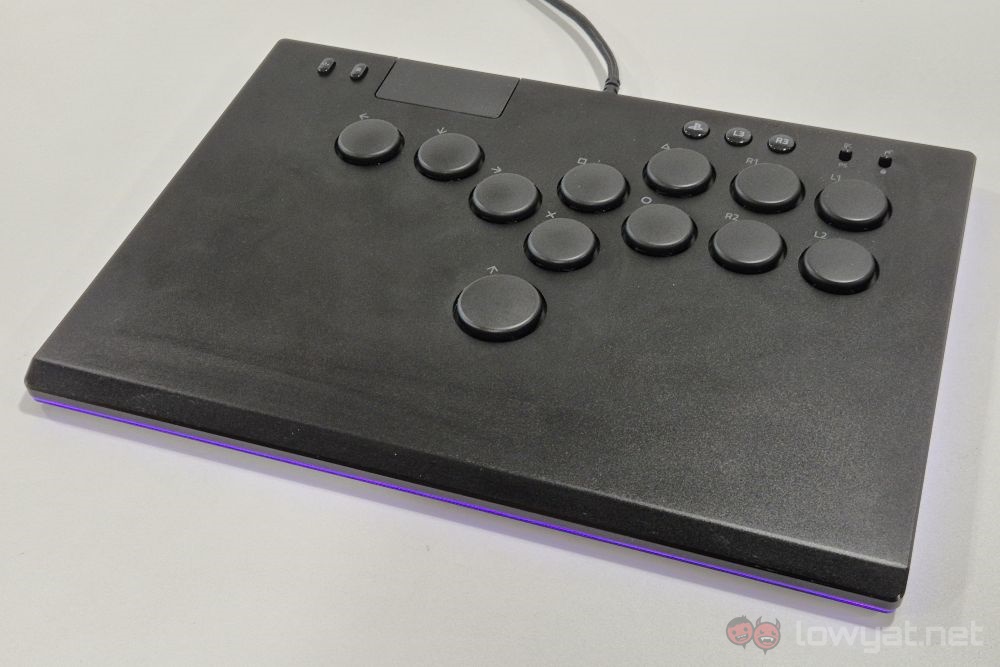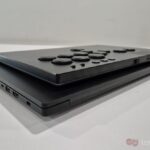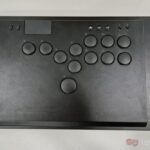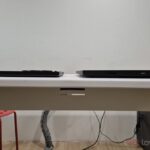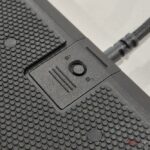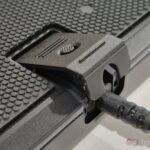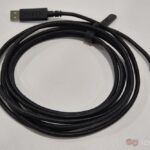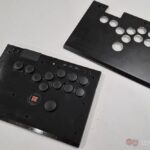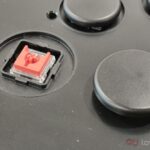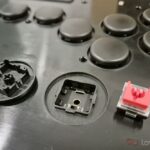If you were a casual fighting game enjoyer, you would probably be fine with playing such games with the default controller that came with your console of choice, or indeed any old controller on PC. On the opposite end of the spectrum, it takes a very dedicated devotee of the genre to even consider getting specialised controllers for this reason. If you count yourself among the latter, then the Razer Kitsune which was released last year would be an item that’s been on your radar for quite awhile. Assuming you’ve not taken the plunge already, that is.
Razer has passed us a Kitsune for review a few months ago. But I decided that, to give it as fair a shake as possible, I took my time with it, putting it through both Street Fighter 6 and Tekken 8 to give it as fair an assessment as I can. And with an asking price that starts from RM1,479, it’s all the more reason to do so. And with that, here’s my verdict on this pretty unique take on a leverless arcade controller.
What Am I Looking At?
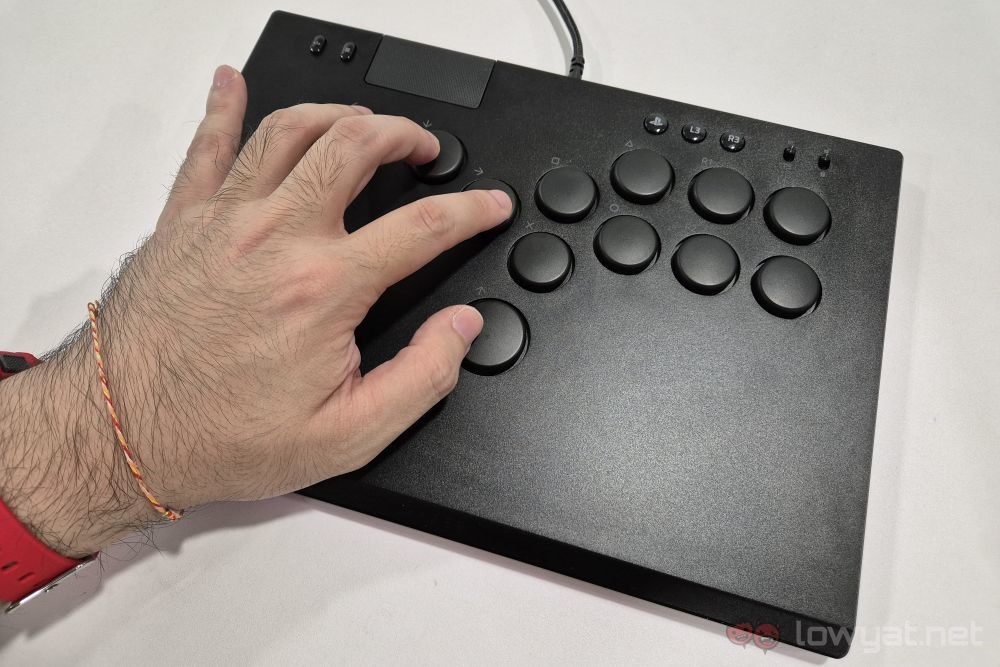
The Razer Kitsune is not like most arcade controllers for a few reasons. For one, it is a leverless controller, which eschews the stick part of the average fight stick. Second, it uses the original Hit Box layout, which has the Up button located at the bottom to simulate pressing space bar on a keyboard to jump. Third and probably most importantly, it uses the brand’s optical switches.
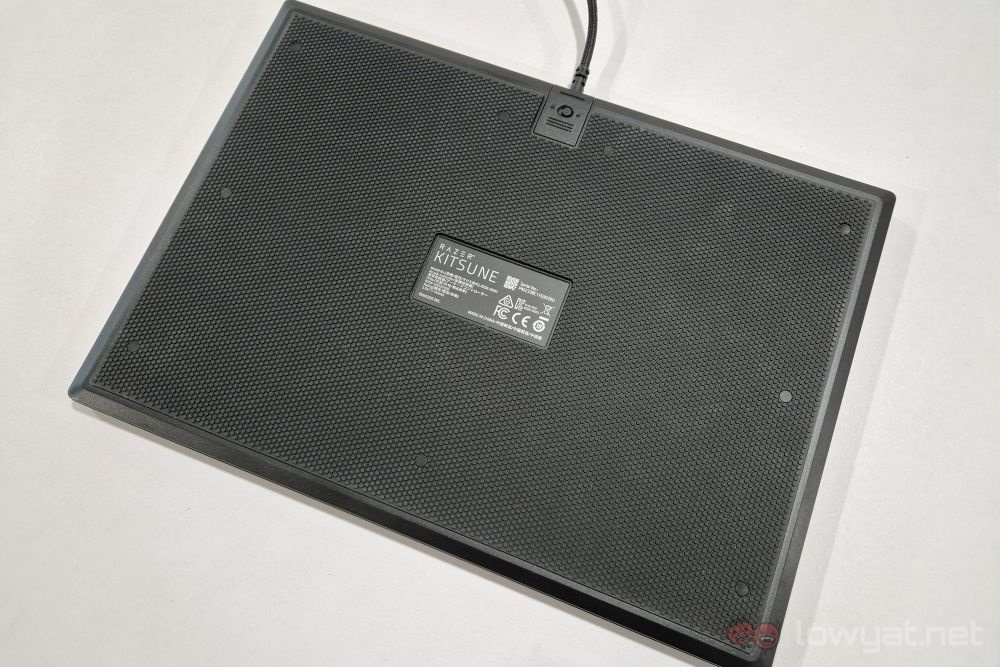
Compared to an actual Hit Box though, the Razer Kitsune is much thinner. As mentioned when I reported on its launch, it is thinner than the brand’s own low-profile keyboard, the Deathstalker V2. This means that it’s easier to carry around, which is nice if you go to local meets or tourneys often. There’s also a rubber mat underneath so that it doesn’t slip from your lap while you’re using it, but this is pretty standard on arcade controllers these days.
Speaking of tournaments, the Razer Kitsune also comes with a cable lock to make sure that the USB-C connector doesn’t get accidentally dislodged in the heat of battle. Definitely a good feature to have since a disconnected controller commonly leads to disqualification in tourneys. In the same vein, you also get a key lock that turns off the touchpad and all other buttons beyond the main 12. This leads to a slight issue which we’ll get to in a bit.
What’s Good About It?
In all honesty, the best thing about the Raze Kitsune comes down simply to the fact that it uses optical switches. In fact, it looks like it uses the same switches found in the Deathstalker V2 series of keyboards, complete with dampeners.
Now, on paper, optical switches technically have the performance advantage, what with the faster and more sensitive trigger response. But you’ll probably need to be a professional gamer to be able to tell if there are any practical differences, rather than just theoretical. But I will tell you that it’s not so much the immediate performance gains that matter, but the long term durability of these switches. This means that you’re more likely to get bored of the Razer Kitsune and get another arcade controller before any of its optical switches fail you.
If for whatever reason you choose to, you can switch out these switches, but they are a bit of a pain to get to. But more importantly, the only other option are clicky optical keys, but why would you want that for something that’s not a keyboard?
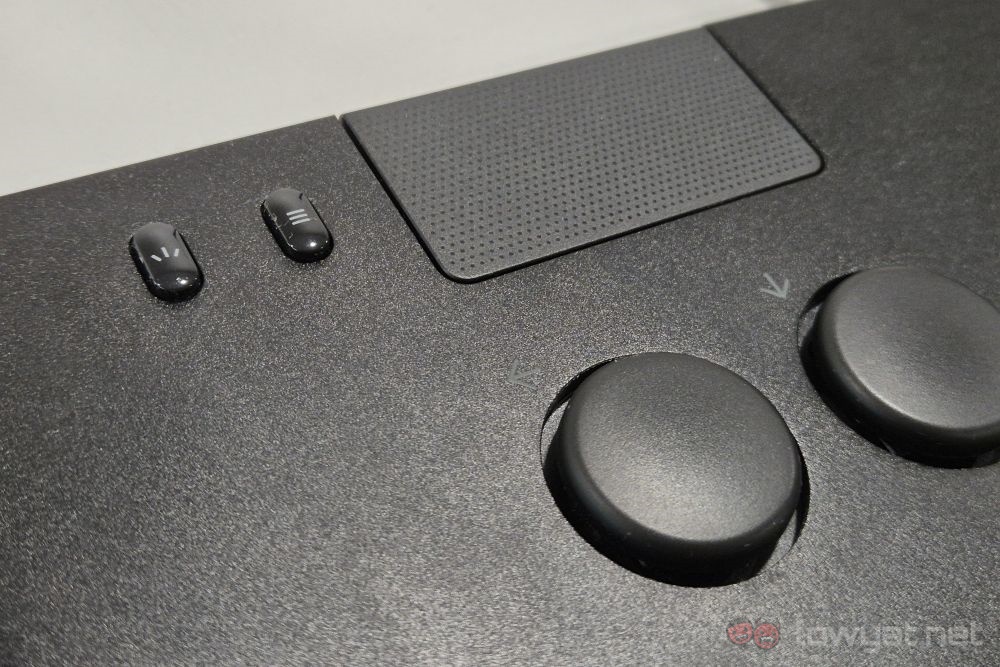
The buttons on the Razer Kitsune also feel great to press. While these are not completely silent buttons – slamming them hard enough still results in clear auditory feedback – you can press them silently enough to not give away your next move to your opponent sitting next to you if you’re relaxed enough during the match. There’s also something about the way they spring back to their natural position when you lift your fingers off of them that feels extra satisfying.
Finally, and perhaps a little counterintuititvely, the Razer Kitsune not going all out in size and weight reduction is probably a good thing. On the former, it being larger means that you get some arm rest space of sorts if you use it on a table rather than your lap. The larger surface area, as well as the weight, also means that it stays on your lap better.
What’s The Catch?
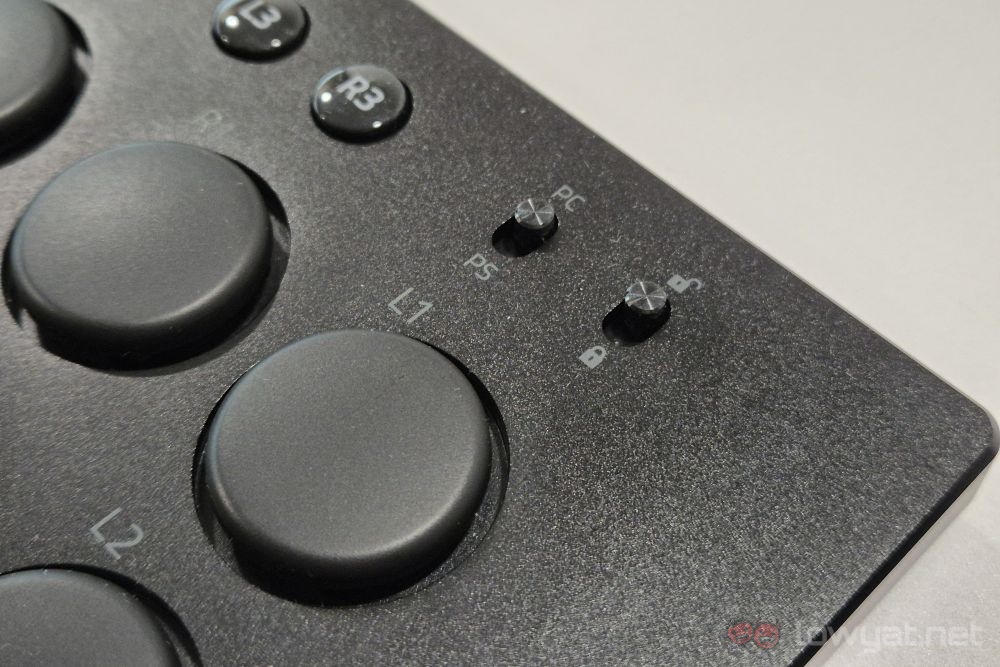
Considering the asking price of the Razer Kitsune, I think it’s fair that I’m being more nitpicky, but that being said, the leverless controller is not without objective flaws. To start, being an officially PlayStation-licensed product, the Razer Kitsune works out of the box for the PS5, but oddly not the PS4. It also uses Xinput on PC, which leads to Xbox button prompts instead. It’s always baffling when this happens, and this time is no exception. This is especially when there’s a PC to PS5 toggle, and the controller doesn’t work at all on PC when set to the latter.
I mentioned earlier that there was a key lock that stops the buttons outside of the main 12 from working. This is mostly a good thing, but for whatever reason the L3 and R3 buttons also become nonresponsive when this is done. This locks you out of two legitimate buttons that should otherwise be accessible in a tournament setting, just for assurance that you won’t be disqualifying yourself by pausing the game.
Update: Since publishing this review, Razer has reached out to say that a firmware update has been made available for the Kitsune. This update does three things, but the most important one arguably is unlocking the L3 and R3 buttons while the key lock is engaged. It also allows you to switch SOCD (simultaneous opposing cardinal direction) modes, as well as smoothening the RGB cycling animation.
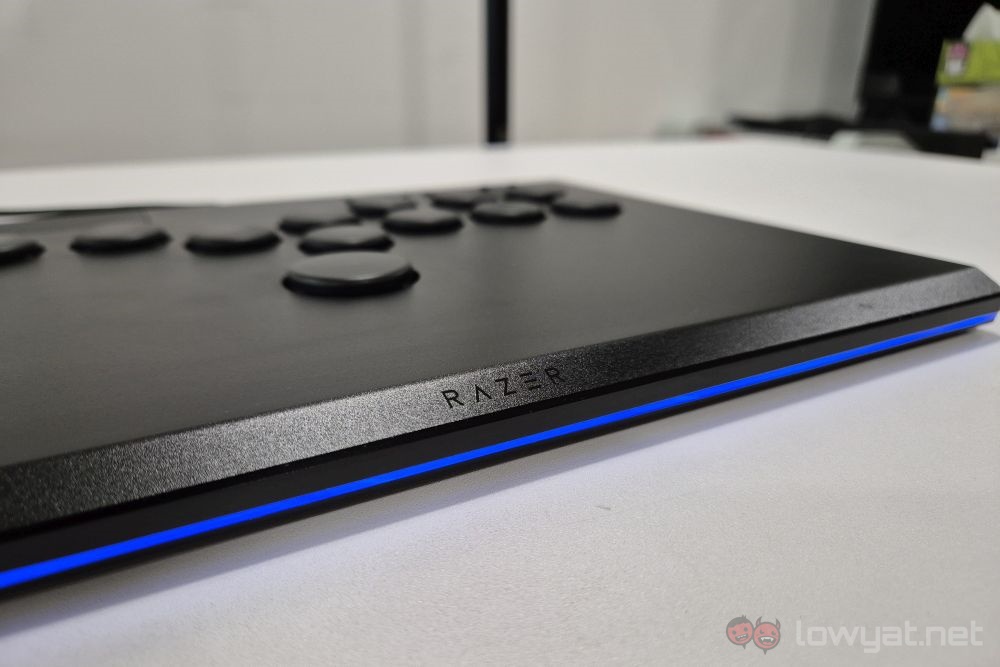
Finally, and this is probably the nitpick that matters the least in the large scheme of things, is the RGB strip around the sides of the Razer Kitsune. Which feels like it was added at the last minute to tick off a checklist. While it’s nice to have, RGB aficionados would probably prefer them to be on the buttons themselves, and minimalists would rather not have them at all.
Should I Buy It?
Considering the nature of the Razer Kitsune, and arcade controllers in general, I’ll spending a lot more time in this section of the review than usual. It’s worth bringing up again that, at base, this costs RM1,479. Which is a hefty price to pay for what is essentially a controller for one specific genre of games. With that in mind, I will first talk about what the other options are, simply due to this category of products being as niche and specialised as they are.
To set the stage, your average arcade stick would cost anywhere between RM200 to RM1,000, depending on what exactly you get. Then, as you get more comfortable with it, you may feel the desire to replace not only the stick and restrictor gate, but also the buttons. Which can cost upwards of RM500, again, depending on what exactly you pick. Some parts will need to be switched out every few years due to wear and tear like the rubber grommet, but these are usually the most affordable of the lot to replace.
Put all that together and the Razer Kitsune, with minimal modding capacity (limited to just the optical switches in fact), costs about as much as a fully customised arcade stick, if not more. But on the flip side, it’s entirely possible for you to pick up an arcade controller, leverless or otherwise, and never feel the need to mod it to maximise your own comfort or performance.
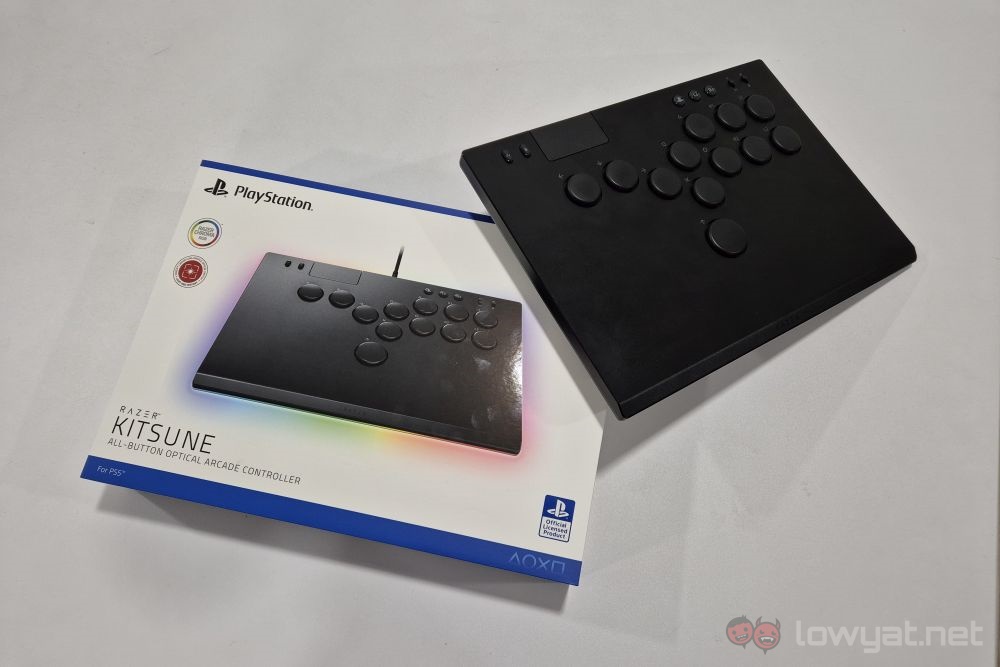
In conclusion, if you’re really serious about being better at fighting games, you should already be giving different controller types a try. From the standard ones that come with a console, or the many permutations of arcade controllers, you should get a feel for them all before committing to an upgrade. But once you’ve done that and have decided that the leverless ones are for you, then I can wholeheartedly recommend the Razer Kitsune and its long-lasting optical switches.
Follow us on Instagram, Facebook, Twitter or Telegram for more updates and breaking news.


